Anna Jurek-Loughrey
ClusterGraph: a new tool for visualization and compression of multidimensional data
Nov 08, 2024
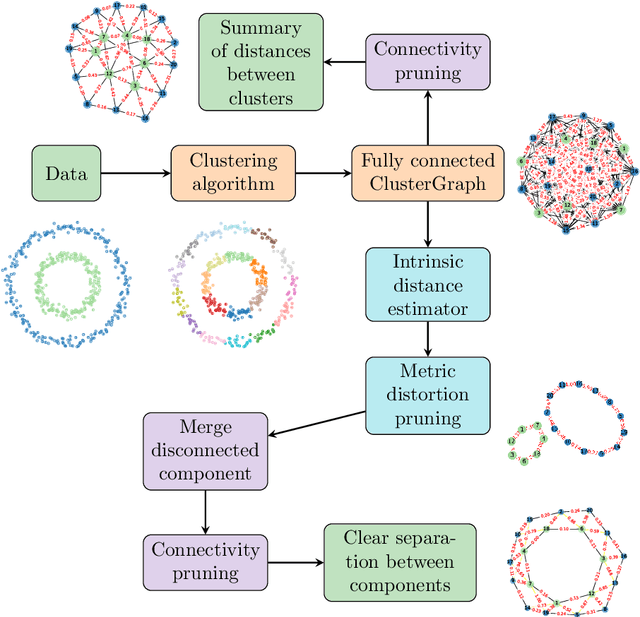
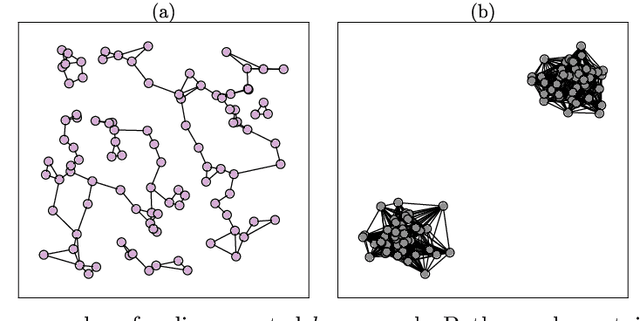
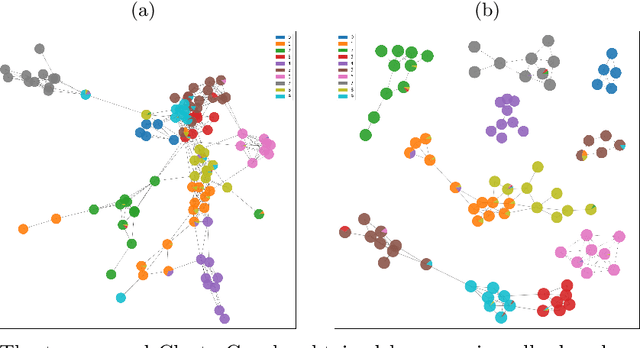
Abstract:Understanding the global organization of complicated and high dimensional data is of primary interest for many branches of applied sciences. It is typically achieved by applying dimensionality reduction techniques mapping the considered data into lower dimensional space. This family of methods, while preserving local structures and features, often misses the global structure of the dataset. Clustering techniques are another class of methods operating on the data in the ambient space. They group together points that are similar according to a fixed similarity criteria, however unlike dimensionality reduction techniques, they do not provide information about the global organization of the data. Leveraging ideas from Topological Data Analysis, in this paper we provide an additional layer on the output of any clustering algorithm. Such data structure, ClusterGraph, provides information about the global layout of clusters, obtained from the considered clustering algorithm. Appropriate measures are provided to assess the quality and usefulness of the obtained representation. Subsequently the ClusterGraph, possibly with an appropriate structure--preserving simplification, can be visualized and used in synergy with state of the art exploratory data analysis techniques.
Exploring Thematic Coherence in Fake News
Dec 17, 2020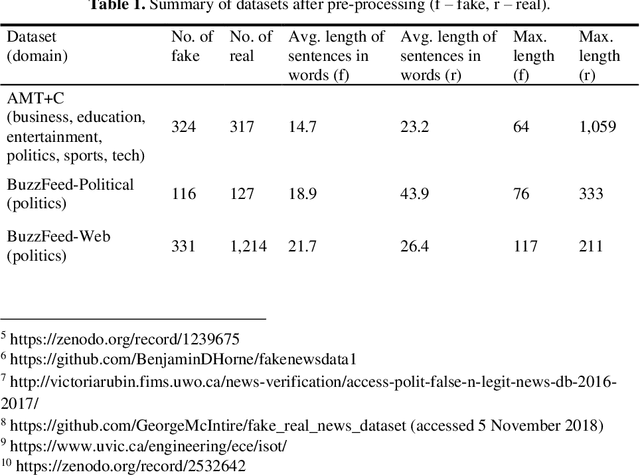
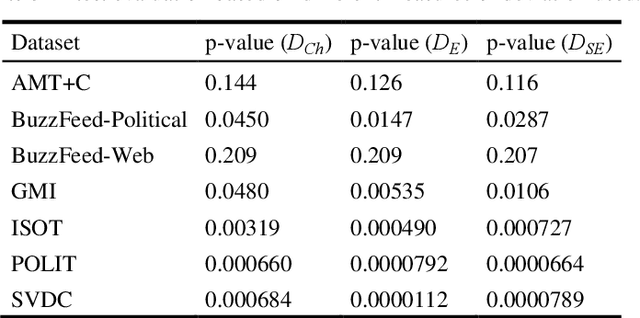
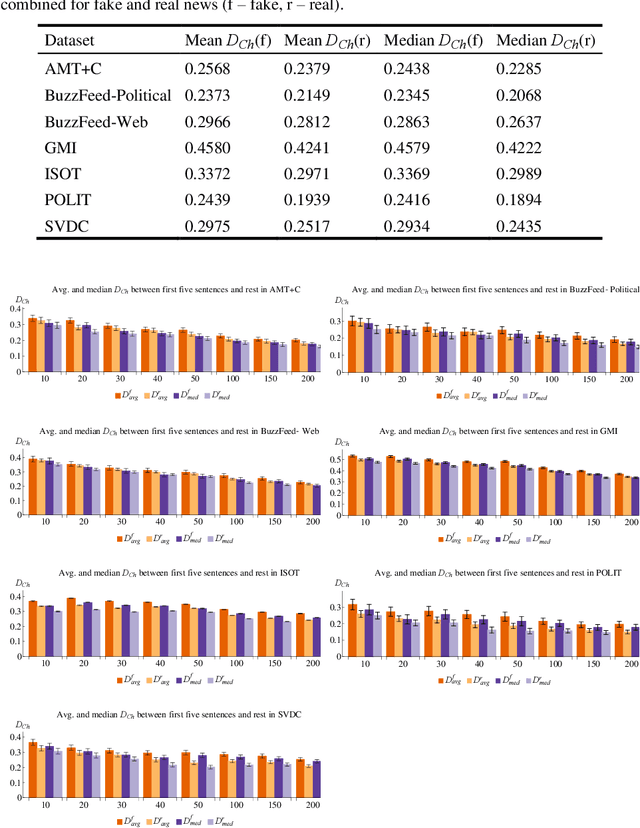
Abstract:The spread of fake news remains a serious global issue; understanding and curtailing it is paramount. One way of differentiating between deceptive and truthful stories is by analyzing their coherence. This study explores the use of topic models to analyze the coherence of cross-domain news shared online. Experimental results on seven cross-domain datasets demonstrate that fake news shows a greater thematic deviation between its opening sentences and its remainder.
Hotspot identification for Mapper graphs
Dec 03, 2020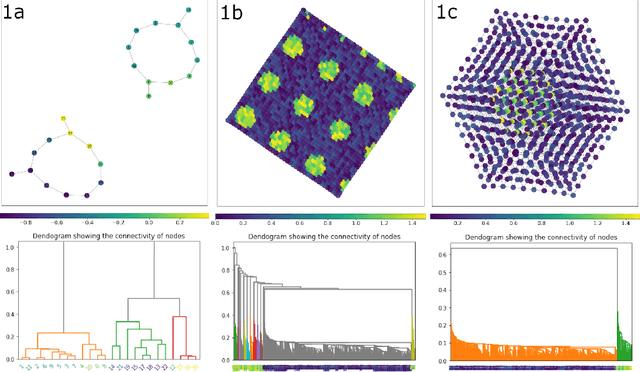

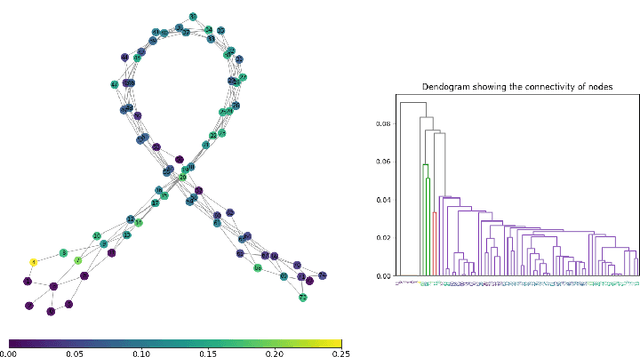

Abstract:Mapper algorithm can be used to build graph-based representations of high-dimensional data capturing structurally interesting features such as loops, flares or clusters. The graph can be further annotated with additional colouring of vertices allowing location of regions of special interest. For instance, in many applications, such as precision medicine, Mapper graph has been used to identify unknown compactly localized subareas within the dataset demonstrating unique or unusual behaviours. This task, performed so far by a researcher, can be automatized using hotspot analysis. In this work we propose a new algorithm for detecting hotspots in Mapper graphs. It allows automatizing of the hotspot detection process. We demonstrate the performance of the algorithm on a number of artificial and real world datasets. We further demonstrate how our algorithm can be used for the automatic selection of the Mapper lens functions.
ReSCo-CC: Unsupervised Identification of Key Disinformation Sentences
Oct 21, 2020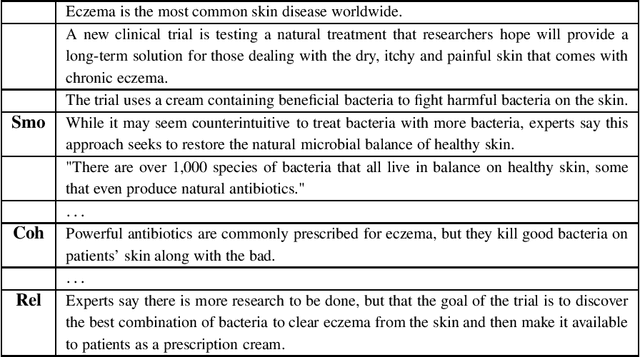

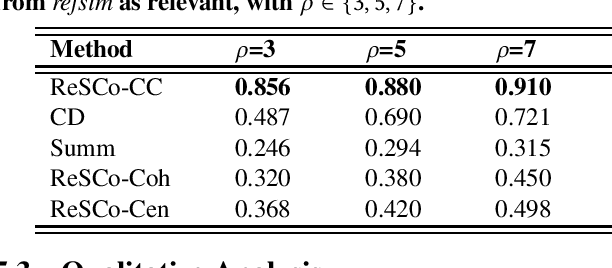

Abstract:Disinformation is often presented in long textual articles, especially when it relates to domains such as health, often seen in relation to COVID-19. These articles are typically observed to have a number of trustworthy sentences among which core disinformation sentences are scattered. In this paper, we propose a novel unsupervised task of identifying sentences containing key disinformation within a document that is known to be untrustworthy. We design a three-phase statistical NLP solution for the task which starts with embedding sentences within a bespoke feature space designed for the task. Sentences represented using those features are then clustered, following which the key sentences are identified through proximity scoring. We also curate a new dataset with sentence level disinformation scorings to aid evaluation for this task; the dataset is being made publicly available to facilitate further research. Based on a comprehensive empirical evaluation against techniques from related tasks such as claim detection and summarization, as well as against simplified variants of our proposed approach, we illustrate that our method is able to identify core disinformation effectively.
 Add to Chrome
Add to Chrome Add to Firefox
Add to Firefox Add to Edge
Add to Edge